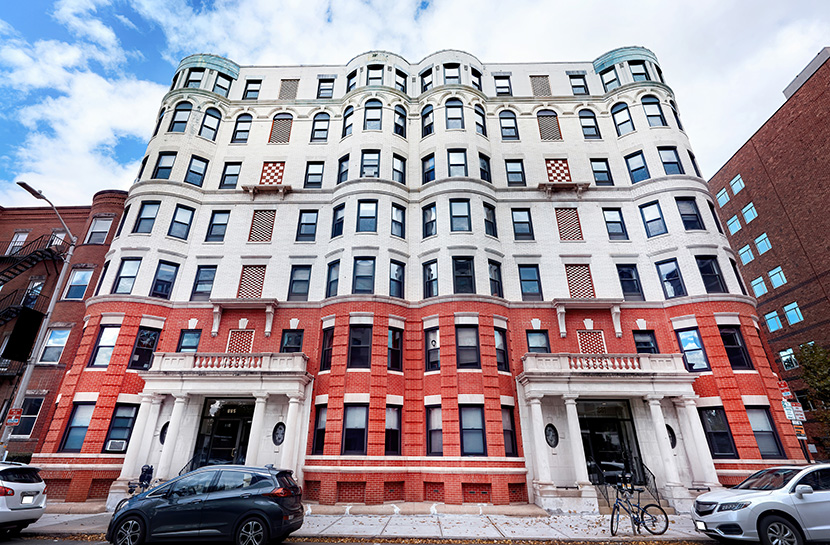
Fitch: Urban Multifamily Recovery ‘Years Away’ Despite Recent Demand Growth

Urban multifamily rental demand is improving as pandemic restrictions are lifted and workers return to offices, but a full recovery could take longer than prior recoveries, reported Fitch Ratings, New York.
Typically, urban market rents rebound within a year or two after hitting bottom, but the uneven nature of reopening cities could delay the post-pandemic recovery, Fitch said. “Changing demographics in the key renter cohort and outmigration trends that favor suburban and/or sunbelt markets over selected coastal gateway cities are persistent headwinds that will delay a full recovery of prior peak cash flows for coastal, urban landlords, including selected multifamily real estate investment trusts,” Fitch said.
Multifamily occupancies and rents are improving while landlord concessions are easing, but many urban locations still lag suburban and sunbelt markets, Fitch said. Senior Director Stephen Boyd said the credit implications of these trends are neutral, “as real estate investment trusts with urban exposure generally entered the downturn with credit protection headroom, enabling them to withstand market weakness.”
Apartment occupancies now equal or exceed 2019 peaks in many suburban markets but remain several hundred basis points below pre-pandemic levels in many coastal urban markets, Fitch said. “Suburban rents are on pace to overtake prior peak levels in 2021, perhaps as early as second-quarter 2021 in some markets, based on monthly observations. Urban rents have recovered at least half of coronavirus-induced declines, but remain 5 percent to 15 percent below 2019 peaks.”
Those occupancy rates could face renewed pressure as eviction moratoriums expire, the report noted. “However, the near-to-medium term supply outlook is more favorable for urban markets versus suburban, which should support the urban recovery,” Fitch said.
Longer-term demographic trends will likely drive demand for less dense and more affordable multifamily markets, the report said. “As the population of the prime renter cohort aged 23 to 34 declines in the late 2020s and growth of those aged 35 to 55 with children accelerates, demand for more space will increase,” Fitch said. “Single-family homes for purchase and rent could also benefit at the expense of urban multifamily from these trends, although rising interest rates may constrain new homebuying.”
Other than modest retained cash flow, debt remains the cheapest funding source for multifamily REITs, followed by asset sales at low cap rates, Fitch said. “That said, the sector is trading at a 10 percent premium to consensus net asset values, which should further support funding external growth within existing financial policies,” the report said.
